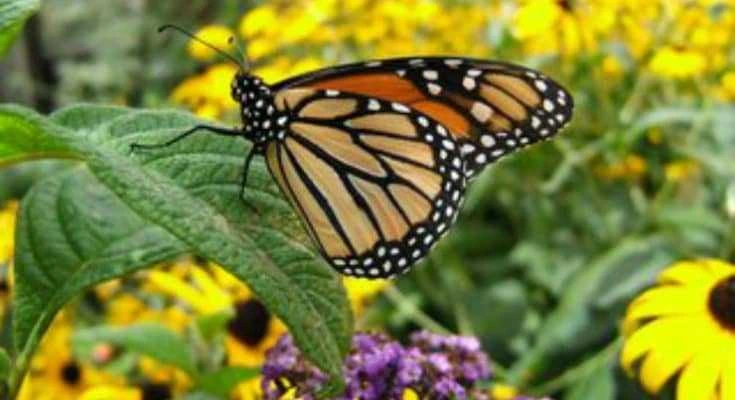Pollination is essential to the survival of many garden plants in our ecosystem. Planting flowers that attract pollinators, such as bees and butterflies, enhances a region’s overall ecosystem. As we may recall from middle school science class, pollination is the process of transferring pollen from the male stigma to the female stigma to fertilize the plant. Without pollinating insects and animals, we would not have many fruits and vegetables such as apples, pears, strawberries, okra, carrots, or even coffee.
Needless to say, these local pollinators play a huge role in food production – we depend on them! By planting a pollinator garden, we not only benefit from an array of beautiful blooms for our enjoyment, we also help feed the ever-important bees and butterflies.
Why Are Bees So Important?
Honeybees are the most important pollinators of food crops in the world. It has been estimated that one-third of the food that humans consume every day depends on honey bees and their pollinating abilities.
Bees pollinate avocados, asparagus, broccoli, soybeans, celery, sunflowers, cucumbers, cherries, along with other fruits and vegetables. They also play an important role in cotton and flax crop production.
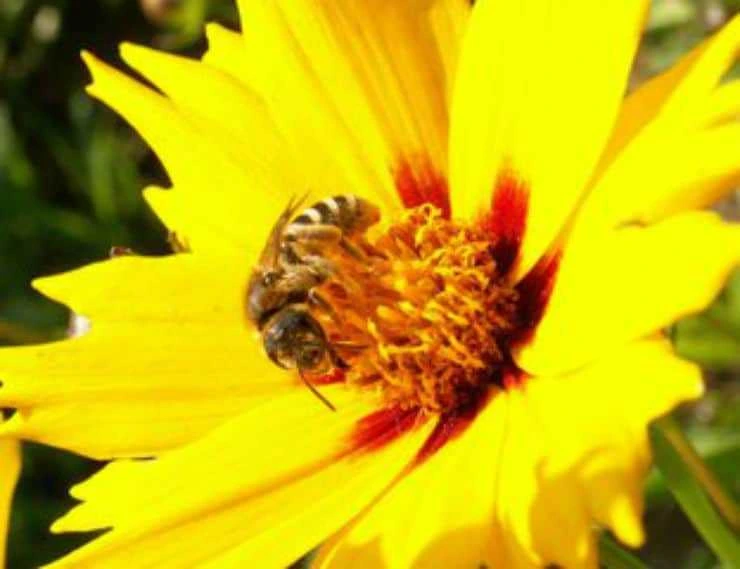
Bumblebees also contribute to the world’s pollination needs. They pollinate many soft fruits such as strawberries and tomatoes with their vigorous vibrating.
Pollinators such as honeybees and wild bees greatly benefit from flowers that offer them a variety of nectar and pollen. Different types of flowering plants produce pollen and nectar with different vitamins and minerals, so planting a wide range of flowers is the best way to help our pollinating friends.
Planting Pollinators
When plotting out a pollinator patch in the garden, consider these factors:
Indigenous flowers
While some bees, such as honeybees, pollinate almost any type of flower, other types of bees naturally gravitate toward flowers native to their region.
Color
One of the reasons Mother Nature gifted blooms with an array of gorgeous hues was to attract the necessary pollinators. Bees are especially attracted to the colors yellow, white, blue, and purple.
Fragrance
Another way nature ensures pollination is by fragrance. A flower with alluring aromas attracts bees to their nectar and pollen.
More is better. While planting these bee friendly plants with a few isolated pollinators is better than nothing, there is strength in numbers when it comes to pollinating gardens. Consider planting bee favorites in groups, making a large patch for a bigger impact.
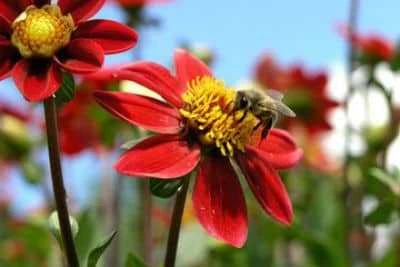
Flowers That Attract Bees
When planning a pollinator garden, try some of these bee favorites.
Black-eyed Susans
Black-eyed Susans are native plants to North America and are well-loved by honeybees and bumblebees who are drawn to their bright yellow petals. Other varieties of Black-eyed Susans come in orange and reddish hues, as well. They are easy to grow and can flourish even in dry soil and arid conditions.
Goldenrods
Goldenrods are herbaceous perennials that are also indigenous to the Americas. Since they usually grow wild and can get a bad reputation during allergy season, they are sometimes overlooked as an intentional garden addition, but they are beautiful wildflowers that provide important minerals to bees.
Lavender
Lavender is native to Europe, but their elegant shades of purple and alluring fragrance are known to attract bees. In addition to their signature purple hues, they also come in shades of pink and white. Lavender is low-maintenance and can grow well in pots or directly from the ground.
Sunflowers
Sunflowers, with their large eyes and bright yellow petals, also attract honeybees and bumblebees. Sunflowers are native to North America and can grow almost anywhere after the last frost of early spring.
Butterflies as Pollinators
Although native bees may be the more famous pollinators, butterflies also contribute to pollination and have some unique abilities, as well.
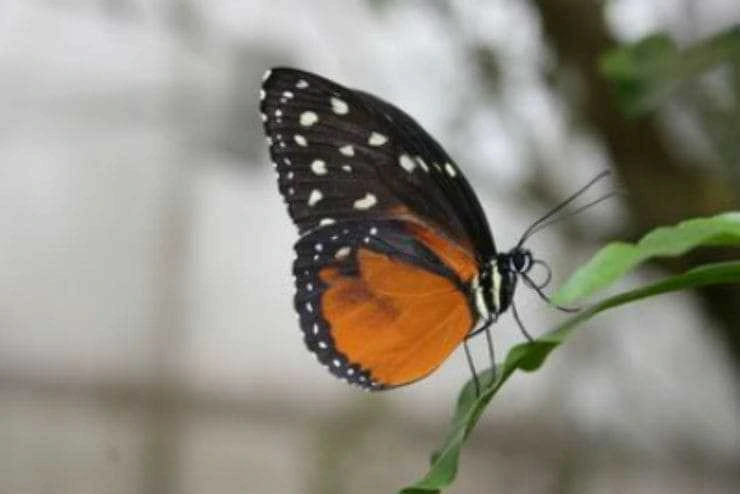
Butterflies can fly farther distances than local bees, covering more flowers. Bees often dart quickly between flowers, while butterflies gracefully flit about a garden. Without careful observation, it may just look like butterflies perch at random on different blooms, but in reality, they are collecting pollen on their feet as they feed on nectar through their long proboscis.
Some butterflies are also able to break down pollen into amino acids with a special enzyme and consume the pollen as food.
Butterflies are most active during the day and they are very attracted to the color red – a color bees cannot see. They are especially drawn to red flowers with larger heads, which makes it easier for them to perch while they collect nectar.
Planting a Butterfly Garden
To help attract butterflies to a pollinator garden, consider planting some of these bright blooms.
The Aster is an herbaceous perennial whose shape closely resembles that of a daisy. They can continue blooming into autumn as long as they get plenty of sun.
The Butterfly Bush, or Buddleia, are lush shrub with blooms to which butterflies are famously drawn. They are easy to grow and low maintenance, with the tendency to spread rapidly.
Hollyhocks have fall blooms, rich hues, and a large head which butterflies love.
Lantana showcases vibrant colors on a plethora of tiny blooms. In addition to attracting butterflies, they are easy to grow and can withstand hot temperatures.
Jo-Pye Weed is a late season bloomer that adds beauty to the garden after other flowers have begun to droop. Their tall stature and vibrant colors cause butterflies to flock to them.
Verbenas are an excellent source of nectar for butterflies. They need plenty of sun and spread easily.
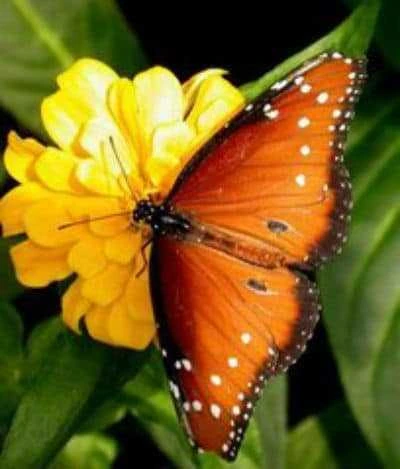
Zinnia flowers are loved by many different types of butterflies, as long as they are a larger variety.
Avoid double-bloom and dwarf Zinnias, while being sure to include Zowie Yellow Flame and Tall State Fair Zinnias.
Conclusion
We all have a responsibility to contribute to our region’s ecosystem. Planting pollinator gardens that attract bees and butterflies, nourish them, and help fertilize other vital foods is a great way to contribute to the ever-important pollinating process.
As gardeners, we get the added bonus of even more stunning blooms to enjoy all season! Consider adding a pollinator garden and reap its many benefits!
